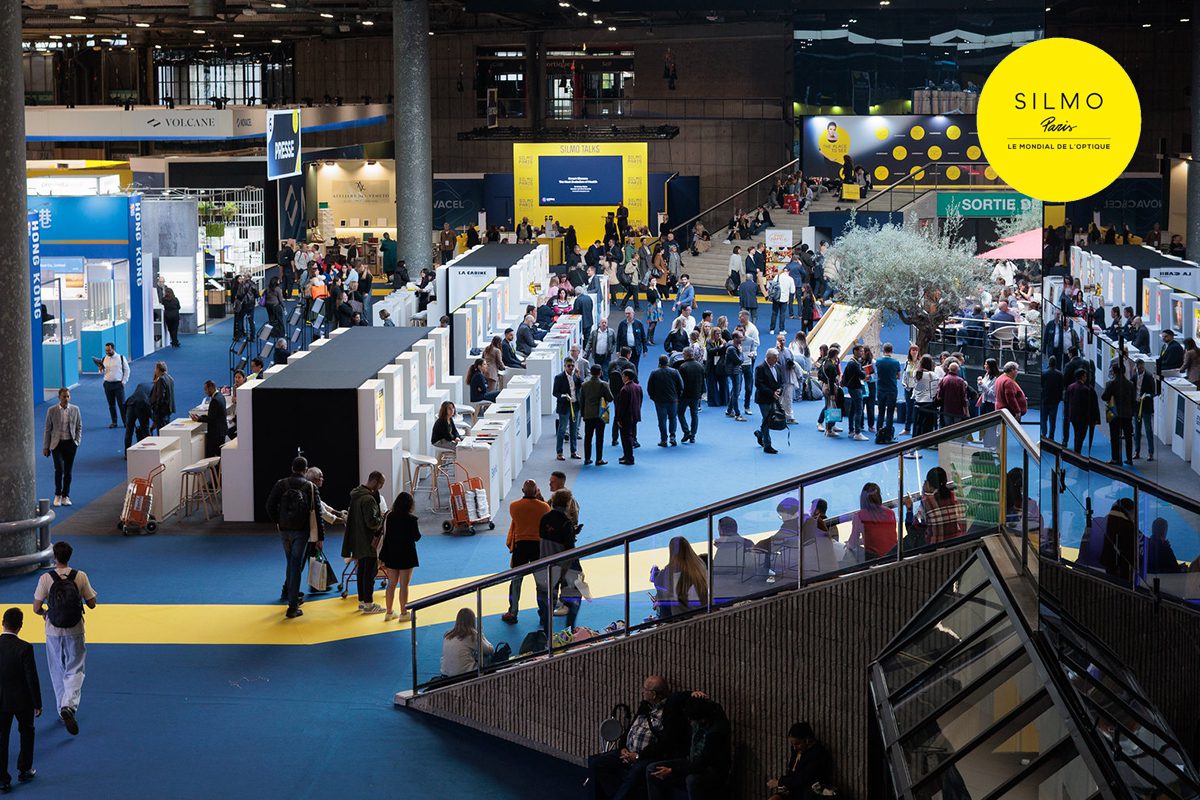Opening a retail outlet with great ambience and prime products is no longer enough. Layout, logistics, IT infrastructure, trade marketing are the new rules of the game. But there’s a method to the madness. Here’s how it works
If all optical shops looked the same, which they generally do with brightly lit interiors, snazzy lights, crystal-clear glass counters, and pretty men and women monitoring the sales, why do only some stores do better than the others? That’s because they have the X factor. It could be the owner’s personal presence, the extra friendliness and helpfulness of the staff or manager or the rewarding of store loyalty. It could be one of these or all of it.
With competition becoming fierce and acquiring razor sharpness, it is vitally important for the store owner to devise a foolproof marketing strategy that will factor various methods to build brand recognition and loyalty. Congeniality is not the only X factor. With customers smartening up to persuasive sales tactics, good behaviour that includes friendliness, helpfulness and loyalty rewarding, is a given. Every store strives to excel in these areas. Then how else does one shape the retail process and fine tune it to get expected results? Let’s take a quick dekko at the larger canvas of what goes into making an in-store experience extremely pleasurable for the customer, through a look at the following factors:
- Shop Layout and Design
- Furniture
- Customer Service
- Logistics
- Infrastructure
- Trade and Marketing
Shop Layout and Design
Stepping in from the outside world to the inside of the store should feel like a paradigm shift for the customer. There’s a space between the entrance door of the store and the display counters called the ‘decompression zone’. This could range from 2 to 5 feet for small stores and 5 to 15 feet for superstores, and is the place where the customer will stand for a few seconds to soak in the sights and sounds of the store and form his first impression…the décor, lighting and arrangement of the products in the store and whether the store imparts a ‘rich’ or a ‘poor’ look.

That done, he instinctively heads towards the right. Several studies conducted by retail gurus establish this tendency, and therefore the wall to the right is referred to as the ‘power wall’. Needless to say, this is the store’s most important wall. Ensure that this wall has the most captivating display,
the best products. This includes your best brands as well as your most profitable products. The thing to remember here is that the most expensive products should be at eye level, while the lesser-priced products should be at a lower level.
From this wall the customer has to be gently led through a path that you want him to follow. Which means, the display windows have to be such that he is compelled to follow the path that is set out for him. It would help if the floor tiling design is such that a ‘path’ is created. Otherwise, the display windows or stand-alone blocks should be such that there is a natural flow.
Walking up a path generally means that there is a destination. Here too a ‘destination’ has to be created – a single dolly of several products grouped together attractively or a lit-up display or a revolving product island. Another rule to remember when he is walking on this ‘path’ is to create ‘speed breakers’. There’s no point in the customer doing a walk-through and a walk-out. The idea is for him to stop, explore, examine, consider and then buy. The ultimate aim is that the customer should buy and the more, the merrier. So these ‘stumbling blocks’ are created, which are creatively assembled array of products or by-products that he likes and picks up.
By-products may be an island of rock-bottom priced sunglasses or spectacles – a single mirror with several frames in a hooked vertical holder. He can stop, pick a frame that he likes, wear it and check on his own. Sometimes customers like a little ‘me’ time, without the hovering presence of a salesperson, however efficient. The concept of ‘supermarket buying’ can work well in a small store, too. After the deputed salesperson sees that the customer is checking out on some frames on his own, he can go up to him and offer to show him more. This works best with a customer who just ambles in, but is a little undecided about what exactly he is looking for and is also unsure about price ranges on offer.
Important footnote to remember here is that the décor, specially of islands and stumbling blocks, should not stagnate and a monthly overhaul is mandatory with new ideas and designs. One last point before exiting the shop layout note is that if you are looking at adding a small sofa for waiting customers or those accompanying them, make sure that the sofa faces at least one wall of the product window. So what if they are not buying then? You could always engage them in some silent persuasive communication!

Furniture
According to the latest trends, selling spaces have to be neatly finished and very organised. These also have to be functional and personalised. Modular furniture is fast becoming the perfect answer to a quickly created, beautiful environment. Customised and completely knock-down pieces made with pre-laminated MDF boards make this cost-effective and easily re-configurable from time to time. Matching components can always be added to your existing ones. The added advantage is the easy and quick installation. So any upgrading that is needed, can be done without disturbing the store’s functioning.
Customer Service
Good customer service is not about making a sale and getting a good customer review. It is the ability to bring back the customer to the store, again and many times over. It’s not about offering discounts and freebies. It’s about being honest and genuine. There’s no better publicity than recommendation. Customer service effectively means that the store is always strongly recommended to others by existing customers. That’s the best feedback form ever filled.
Creating a checklist and running through it every evening after closing shop is a must. Point one: Was every customer who entered the store met at the entrance and received well? No matter how busy the store is, if there is one customer who walks in and stays lost for a few minutes because everybody is busy attending somebody, he is not likely to be so impressed with the store’s success. If he turns his back and walks out, a customer is lost for life. So, thumb rule, attend every customer. Next point: Were there any complaints and were they handled well? There can’t be any specific time for ‘returns’ or complaints. A customer should be able to walk in any time with a complaint and he should be attended to with care. Third point: Was every staff member well-behaved – courteous, attentive and presentable today? If not, a special training session for the staff has to be organised on a regular basis. The fourth and perhaps the most vital of all points is: Are all the salespeople, including the owner, knowledgeable about the products? It is extremely annoying to be dealing with a salesperson who does not have sound product knowledge. The customer has the liberty to ask the seemingly silliest of queries. Being patient and truthful is the best approach. Whitewashing ignorance is foolish; it boomerangs unfailingly. Remember ‘customer delight’ is the real mantra for successful business. Learn it by heart.
These are just three of the six principles that comprise the science of selling. We will talk about the remaining in the next issue. Stay tuned!

Murtaza T, Director, The Monarch Enterprises on the current trends in optical shop layout and designing
Beautiful as well as functional eyewear display units are important. Special display units and smaller stands for the special frames and sunglasses are required for the products to stand out. Technically correct ambient as well as product lighting enhances the delicate eyewear frames for the customers to see themselves and feel the impulse to buy. Lastly, cost-effectiveness is a major concern, and knock down, re-arrangeable, re-configurable, component additions, portable and re-saleable furniture is the answer. Modular shops in retail, mall spaces and areas is the oncoming wave and will stay for a long time to come. The finish in modular units is excellent and long lasting.












